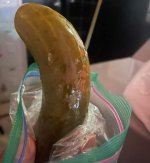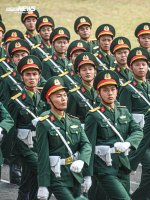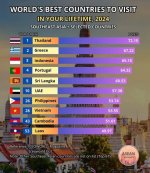@flyingillini
I watched the romantic comedy film "A Tourist's Guide to Love" last night on Netflix. They filmed it in Vietnam. I recognize almost all the places shown in there because of your photos in this thread.
 vietnam.travel
vietnam.travel
I watched the romantic comedy film "A Tourist's Guide to Love" last night on Netflix. They filmed it in Vietnam. I recognize almost all the places shown in there because of your photos in this thread.
Netflix’s ‘A Tourist’s Guide to Love’ - A step closer to the beauty of Vietnam
A Tourist’s Guide to Love is the first Netflix’s film shot in Vietnam, telling about an unintentional love of Amanda with the adventurous and exciting Sinh. Especially, the film showcases the beauty of local landscapes along with that of Vietnamese people and culture through six main filming...


















